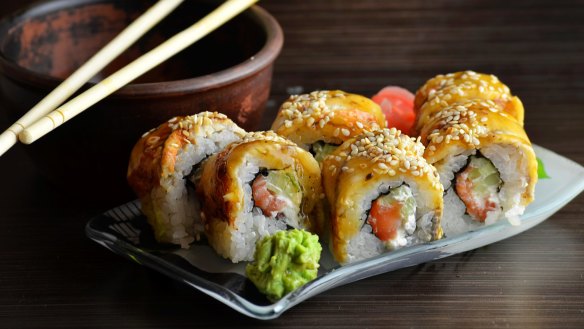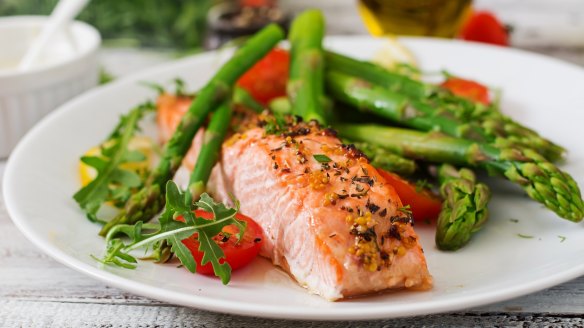What are crabsticks made of?

Are crabsticks made from tripe? L. Pearce
You have been reading fake news, No. Crabsticks do not contain tripe. They contain fish. You may call them crabsticks however, like a Gold Coast con artist, they are also known by many other names. Sometimes they are called fish sticks, seafood extender and even "seafood highlighter", a name that sounds like a bizarre iridescent fish-pen.
The Japanese name is surimi and surimi is big business. Surimi manufacturing takes lean fresh fish or lean fish by product and turns them into seafood-like tube shaped products with a long shelf life. They contain fish that has been pulped and washed to remove odour. The texture is then improved with starch, egg white, vegetable oil, meat glue and humectants. Salt, sugar, MSG and other flavours are added to give the surimi flavour.
The surimi is shaped and covered in food dye to make it look like it came from a crustacean. Surimi is mostly made in Asia where it is eaten as a dish in itself where here it is offered as a substitute for the real thing. Judging by the list of chemicals in the stuff I think that eating tripe would be a more attractive alternative.

What is the white stuff that oozes out of my salmon when I cook it? L. Morley
Don't be alarmed. That "white stuff" that oozes out your salmon is perfectly natural and nothing to be ashamed of. It is called albumin. It's a protein. Like egg white. When you cook salmon above 60C the muscle fibres contract forcing out the albumin that coagulates. If you like your salmon medium to well done then stop cooking as soon as you see the ooze. Remove from the heat and allow to rest.
If you continue cooking you will end up with a dry, chalky salmon. A little hint – if you end up with leftover, overcooked salmon you can flake it and mix it with some salt and pepper, a little fresh green herb such as chervil or parsley, lemon rind and a little mayonnaise to make a sandwich filling perfect for buttered soft white bread.
I've noticed that when making a purchase at delicatessens the weight of the container is no longer zeroed so I am paying for the container as well. C. French
Zeroing is the act of placing the empty container on the scales then resetting the scales to zero. According to the National Measurement Institute (it's like the Pond's Institute only real) you need to get what you pay for. "If you buy potato salad at the deli counter," reads their website, "you should only pay for the salad, not for the weight of the plastic container."
They suggest you ask the shop assistant to zero the scales if you feel they haven't been. Some shops use scales have a program that automatically deducts the weight of the container placed on the scales. Some shops use scales that still need to be zeroed but haven't properly trained their staff.
